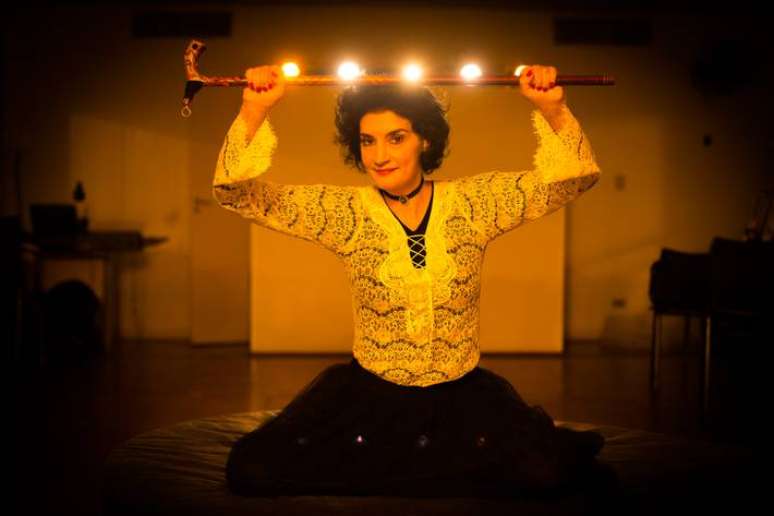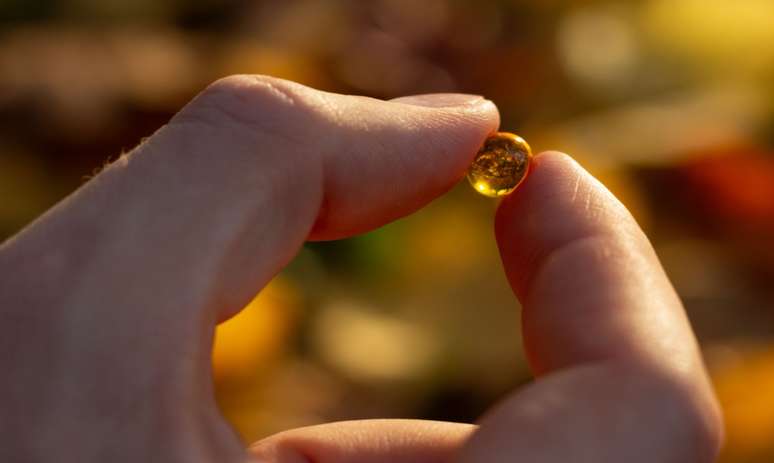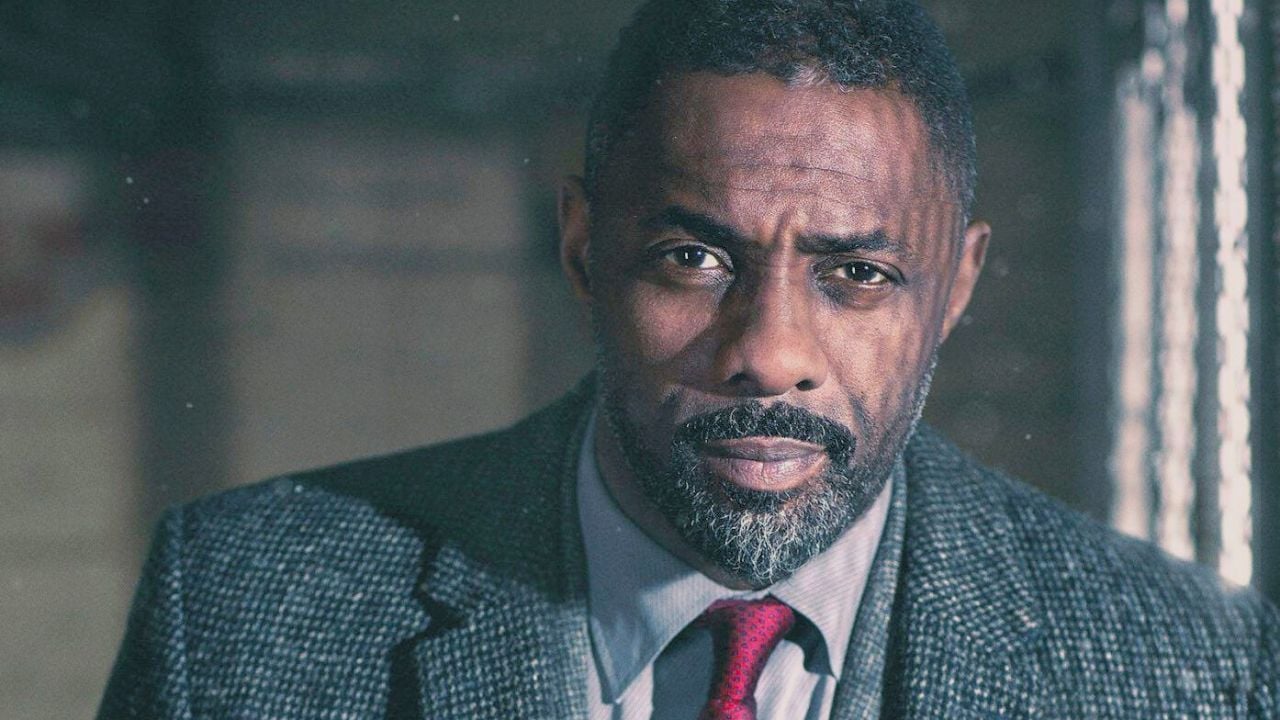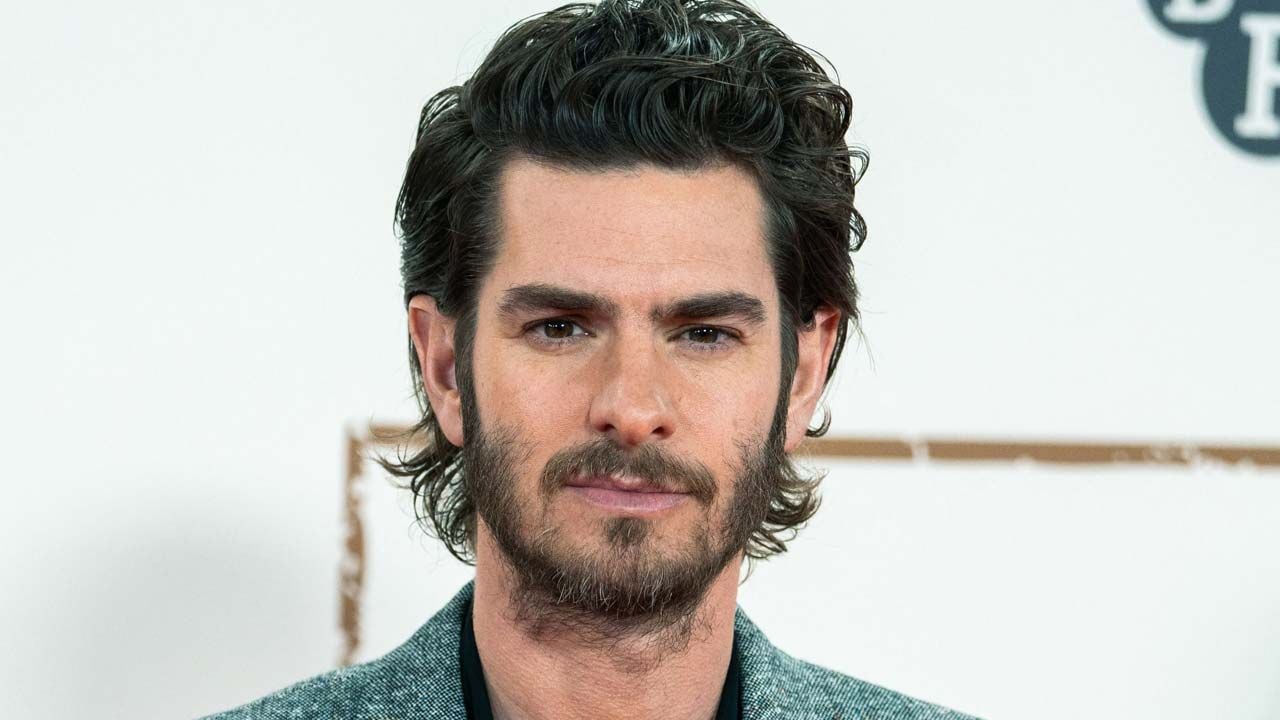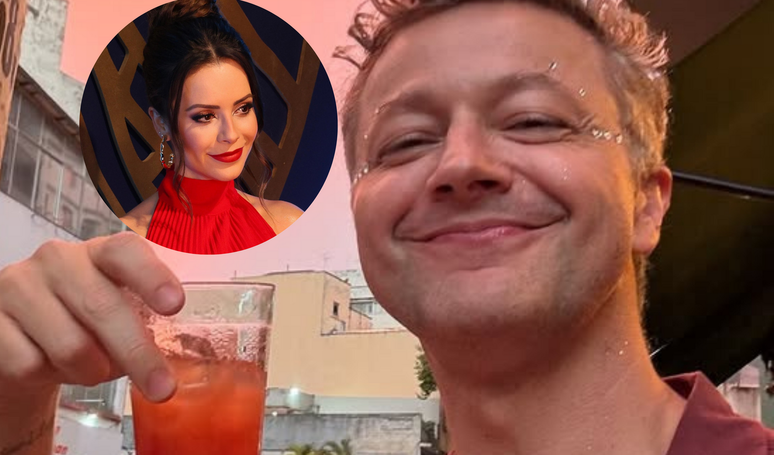Dani Guedes, who became a person with a disability in 2018, premieres a show at the Teatro Sérgio Cardoso this Saturday 3, to shed light on rare and invisible disabilities
Walking through hospital waiting rooms and icy corridors has been a part of actress Dani Guedes’ life since childhood. At the age of 11 she was diagnosed severe idiopathic scoliosis, a condition that leads to lateral curvature of the spine. “I could have had surgery as a kid, but I always ran away,” she says. “In my day, it was much more dangerous surgery than it is today.”
However, at the age of 38, Dani had an accident during a musical theater performance. “My rib got stuck in the pelvis,” says he, who saw no way out and had to resort surgical process. 24 pins and two rods were needed to secure his column. “For this reason, since 2018, when I had surgery, my spine has undergone a more accelerated degeneration process,” she reveals.
The following year, riding a scooter, he had another accident, which hastily required another surgery. During her convalescence, another discovery: Dani had a tumor on her pituitary gland – a gland located at the base of the brain, responsible for the production of hormones. “It was a four-centimetre tumor that covered the pituitary, so it was not possible to recover it. I no longer produce hormones, I have to replace them all,” he reveals. “It’s a very long adaptation process.”
deal with prejudice
All these events had an impact on the life of the actress. And also in your body. “When I operated, my body became even more crooked,” she says. “It’s like my brain doesn’t understand that my spine was straight. I’ve had changes in walking. I limp, I shrug my shoulder,” she reports.
html[data-range=”xlarge”] figure image img.img-c1983ff1c57c7d03eb34a1da2a560150obmfz9gz { width: 774px; height: 516px; }HTML[data-range=”large”] figure image img.img-c1983ff1c57c7d03eb34a1da2a560150obmfz9gz { width: 548px; height: 365px; }HTML[data-range=”small”] figure image img.img-c1983ff1c57c7d03eb34a1da2a560150obmfz9gz, html[data-range=”medium”] figure image img.img-c1983ff1c57c7d03eb34a1da2a560150obmfz9gz { width: 564px; height: 376px; }
Having become a disabled person, Dani was faced with the capacitism. “I’ve seen a lot of bias in some tests I’ve done because of my spinal deviation,” she says. “I knew it wasn’t for lack of effort that I failed the tests. It was because of my crooked body,” she says.
Offstage, in the corporate environment, the struggles were similar. Dani says that, in many situations, people didn’t believe he was capable of doing a certain task simply because he was a person with a disability. “The disabled person has to demonstrate a thousand times more that he is capable”, she says.
Faced with this, she went in search of means to deal with the situation. “When we feel pain, we use defense mechanisms. And mine was to pretend it wasn’t happening,” she says. She soon realized that this was not the best way to deal with challenges. You had to work self-esteem – and that made all the difference.
That doesn’t mean, however, that there weren’t challenges of self-esteem and acceptance. “When I started losing my hair after discovering the cancer, it was one of the most aggressive phases of the whole process. More than all the pain, all the hospitalization I suffer,” she says. “I had long hair, which was hiding my scoliosis, and I had to cut it.” relationships. Having a support network was essential for Dani.
But she acknowledges that this is not a reality for everyone. According to Instituto Vidas Raras, 80% of women who have rare conditions or with rare children are abandoned. Dani explains that it is a very high index, which demonstrates that inclusion has not yet fully taken place in society.
He believes there is a lack of visibility for people with rare disabilities. “My idea is that we’re really being listened to in a way that reduces bias and skill. This is my fight, that’s why I want to speak up,” she defends. For Dani, this happens through art.
on stages
This Saturday, June 3, it debuts ‘strongest – the strongest’on the stages of the Teatro Sérgio Cardoso, equipment from Councilor for Culture and the Creative Economy with management of art friendswhich promotes cultural productions. In the show, two women share their fears and afflictions in the warehouse of a New York department store in the 1950s. The inclusion of people with disabilities and rare diseases is one of the themes addressed. And there are many similarities between the actress, Dani Guedes, and her character.
“It was one of the hardest creative processes I’ve ever had,” she says. “Some lines in the play touch me very intimately. I asked a question that the character also asks in the play. I asked my doctor and my best friends if my husband had lost interest in me because I had a brain tumor. It’s very line hard to tell,” he says.
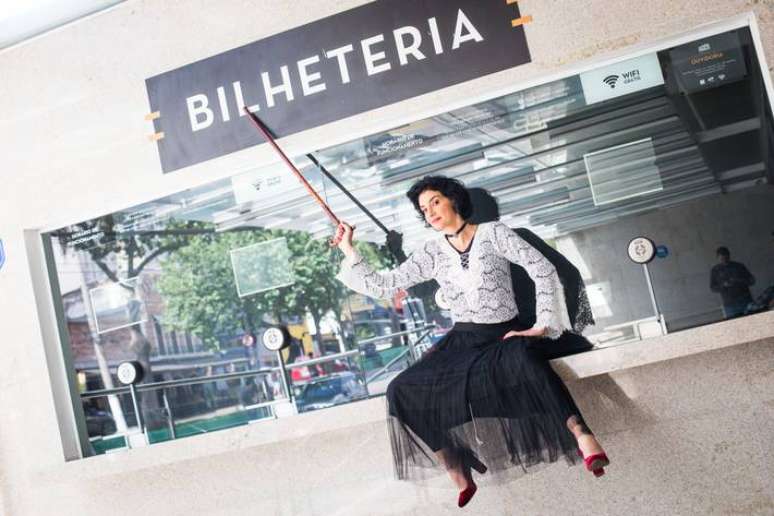
The show is for everyone, but Dani sees that it is also a space for women with rare disabilities and organizations that welcome these people to identify themselves. “Through performance and art, we can empower these women, we can make these diseases known, and we can let healthcare professionals know how to deal with these people,” she says. It’s more of a theatrical montage. It’s an exercise in empathy.”
Inclusion through art has become Dani’s priority and also her life’s purpose. “I don’t know how much time I have, but the time I have is to spread information and develop empathy. That’s why I came into the world, for this purpose,” he says. “We have a voice and we will make it resonate.”
The show will run until 25 June, with sessions on Saturdays at 6pm and Sundays at 3pm. Tickets range from R$20 to R$50 and can be purchased through Sympla. The duration is 70 minutes and the indicative evaluation is 14 years. The Sérgio Cardoso Theater is located at Rua Rui Barbosa, 153, in Bela Vista, São Paulo.
Source: Terra
Ben Stock is a lifestyle journalist and author at Gossipify. He writes about topics such as health, wellness, travel, food and home decor. He provides practical advice and inspiration to improve well-being, keeps readers up to date with latest lifestyle news and trends, known for his engaging writing style, in-depth analysis and unique perspectives.

